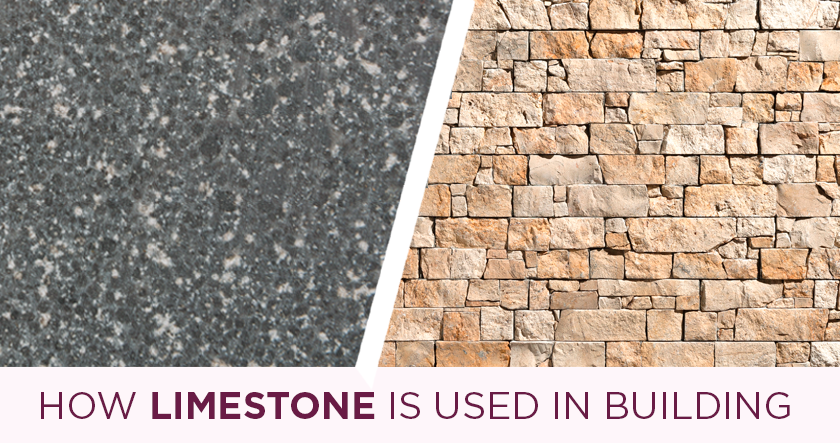
Blog post updated in March 2025
Limestone is a natural sedimentary rock that forms over millions of years in marine and freshwater environments such as oceans, rivers, and lakes. Its composition often includes fragments of ancient marine organisms, plants, and distinct bands of mineral color, giving each piece a unique character. Architects and builders value limestone for its timeless beauty, durability, and versatility. You’ll find it widely used in both interior and exterior applications—from elegant facades and wall cladding to flooring, fireplaces, staircases, and even garden features. Let’s explore the most common and inspiring ways this extraordinary stone enhances architectural and construction projects.
Limestone applications in construction: a versatile material for walls and floors
Limestone plays a key role in construction, especially for building walls and floors, thanks to its natural strength, durability, and resistance to weathering. From the timeless beauty of the Egyptian pyramids to today’s sleek, modern architecture, this stone has proven its lasting value. Its fine-grained texture gives it exceptional density, making it a long-lasting material that can endure for generations. With added benefits like a non-slip surface and resistance to heat, it’s ideal for both indoor and outdoor use. Architects and designers choose limestone for a wide range of residential and commercial projects, using it in various formats to suit different needs and styles—let’s take a closer look at some of the most common options, including tiles and panels.
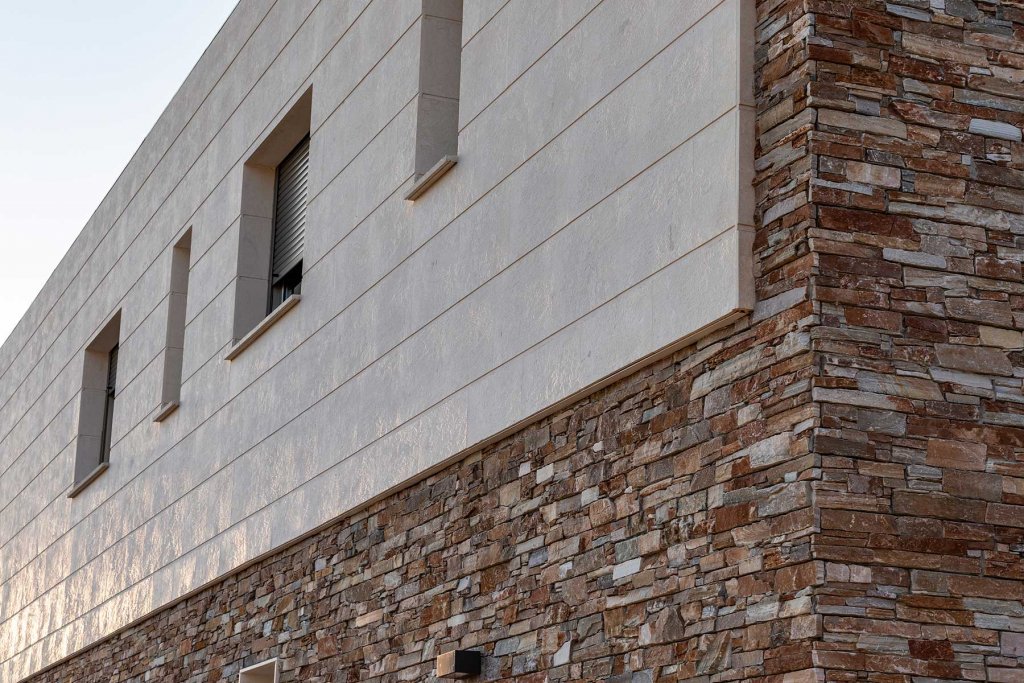
TILES: Limestone tiles work well for facades, walls, floors, gardens, pool areas, pavements, and even road surfaces. Indoors, you can install them in kitchens, bathrooms, and around fireplaces. Paloma Limestone, for example, is a light beige stone with a fine, uniform grain that brings a clean, elegant look to any space. It comes in standard sizes like 60×30 cm and 60×40 cm, with thicknesses ranging from 1.5 to 3 cm. Custom formats are also available on request. A beautiful example of Paloma Limestone in use can be seen in a stunning contemporary home near Madrid, where it blends seamlessly with sandstone to create a natural, refined aesthetic both inside and out.
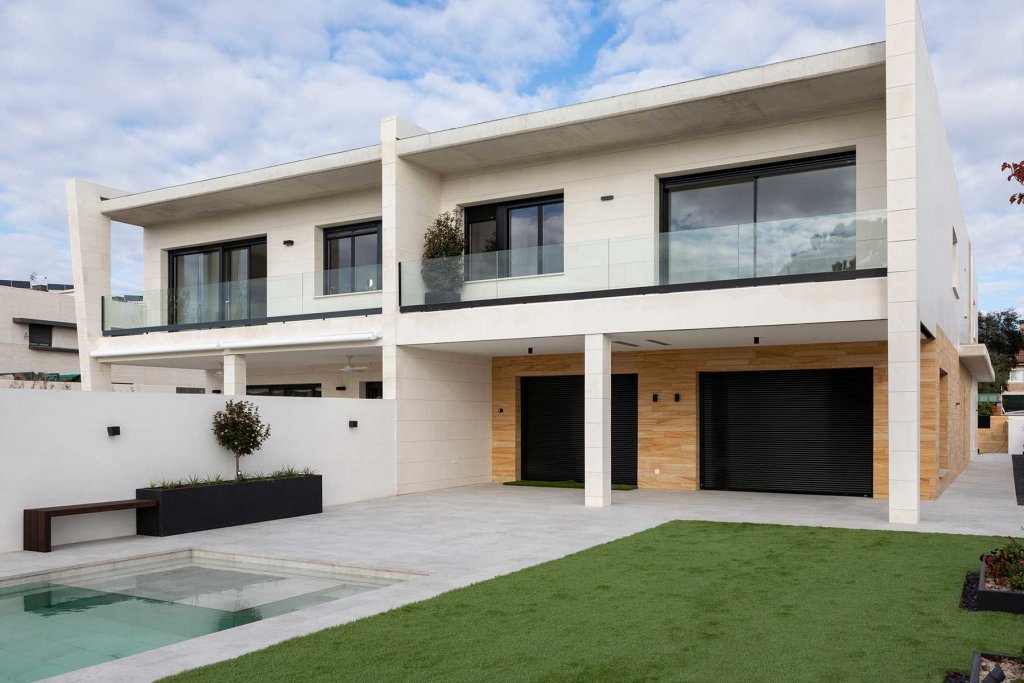
PANELS: Limestone is also available in prefabricated panels designed specifically for wall cladding. These panels offer a quick and secure installation system, making them ideal for both interior and exterior walls. STONEPANEL® Sabbia, developed by CUPA STONE, features soft beige limestone tones with subtle variations that bring warmth and texture to any surface.
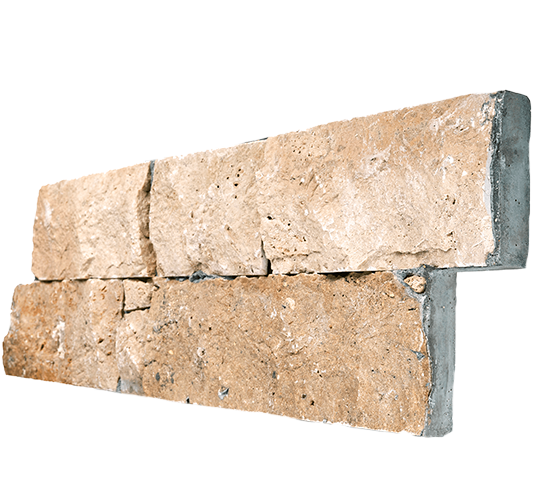
Each panel measures 60 × 20 cm, with a thickness between 2.5 and 4 cm, and includes a built-in mechanical anchor, allowing safe installation on heights above two meters. Thanks to its natural charm and reliable mounting system. Stonepanel Sabbia is a perfect choice for creating elegant, stone-clad façades with ease and durability. A striking example is the Volvo dealership in the south of France, where Stonepanel Sabbia adds a refined and natural finish to the building’s exterior, enhancing the brand’s image with a touch of timeless elegance.
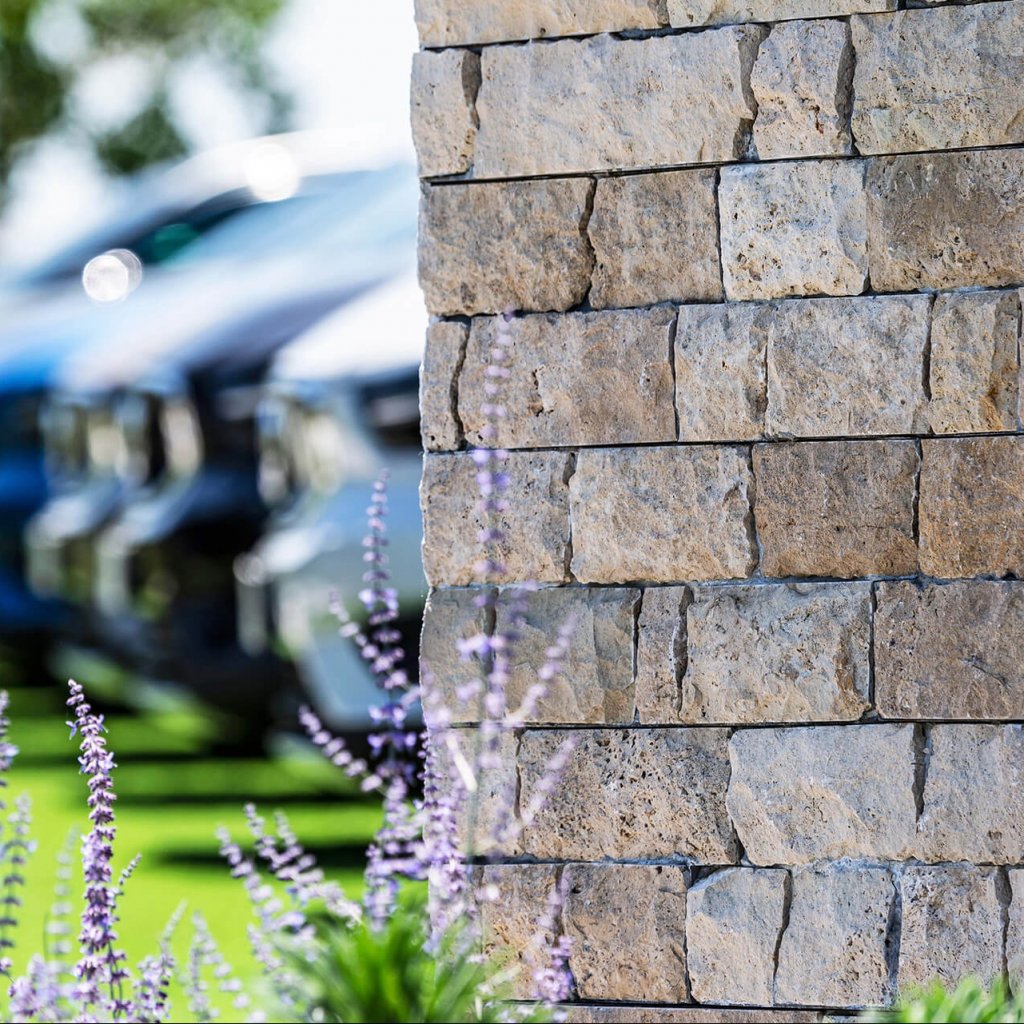
Limestone offers a balanced combination of technical performance and aesthetic appeal, making it an excellent choice for both traditional and contemporary architecture. Its natural density and resistance to weathering ensure long-term durability, while its variety of finishes—such as honed, brushed, or polished—allow for precise visual control in any design.
Available in multiple formats, from tiles to prefabricated panels, limestone adapts easily to different construction systems and complements a wide range of materials. With its structural reliability and refined appearance, limestone remains a key material in architectural design.





